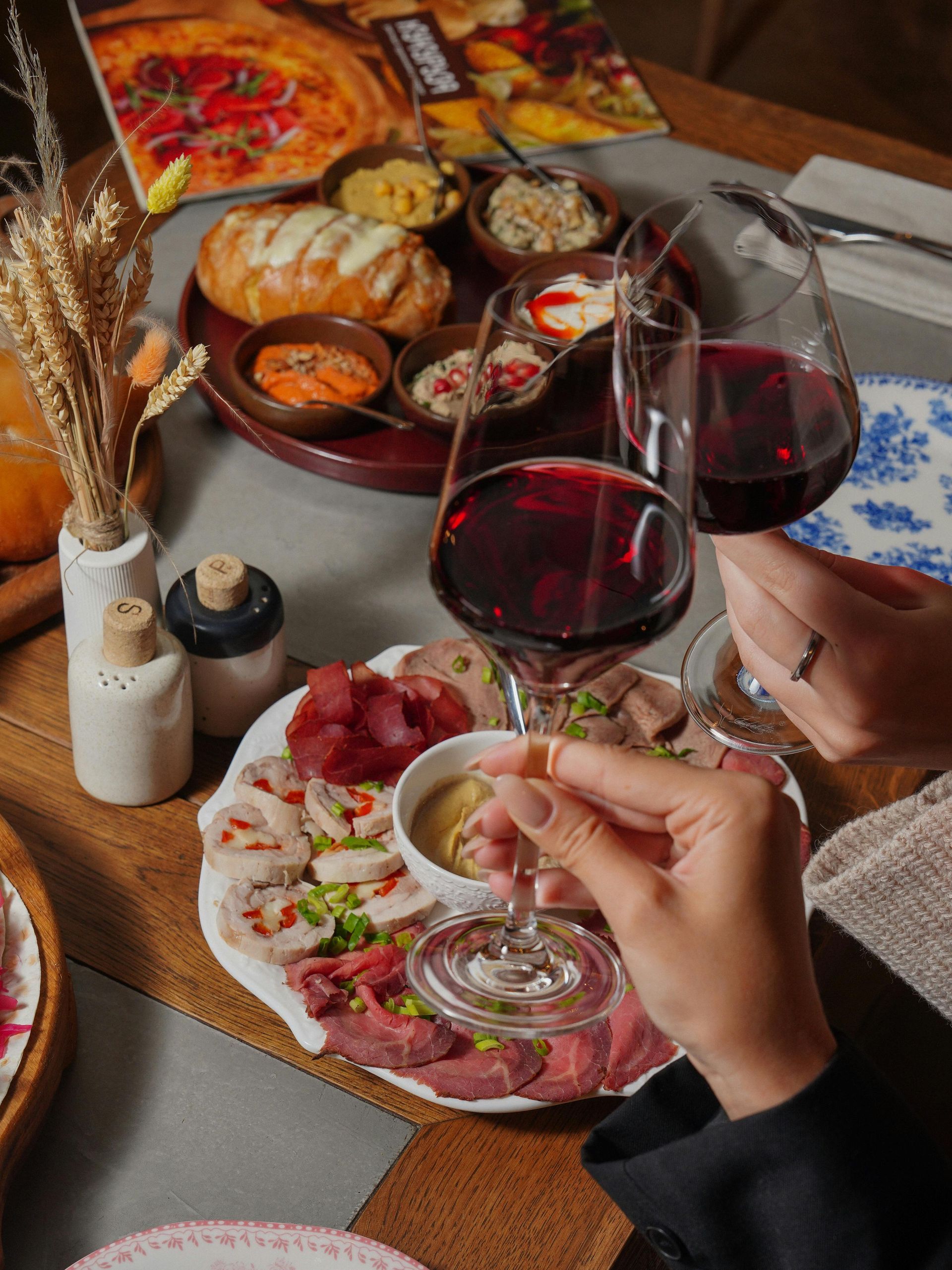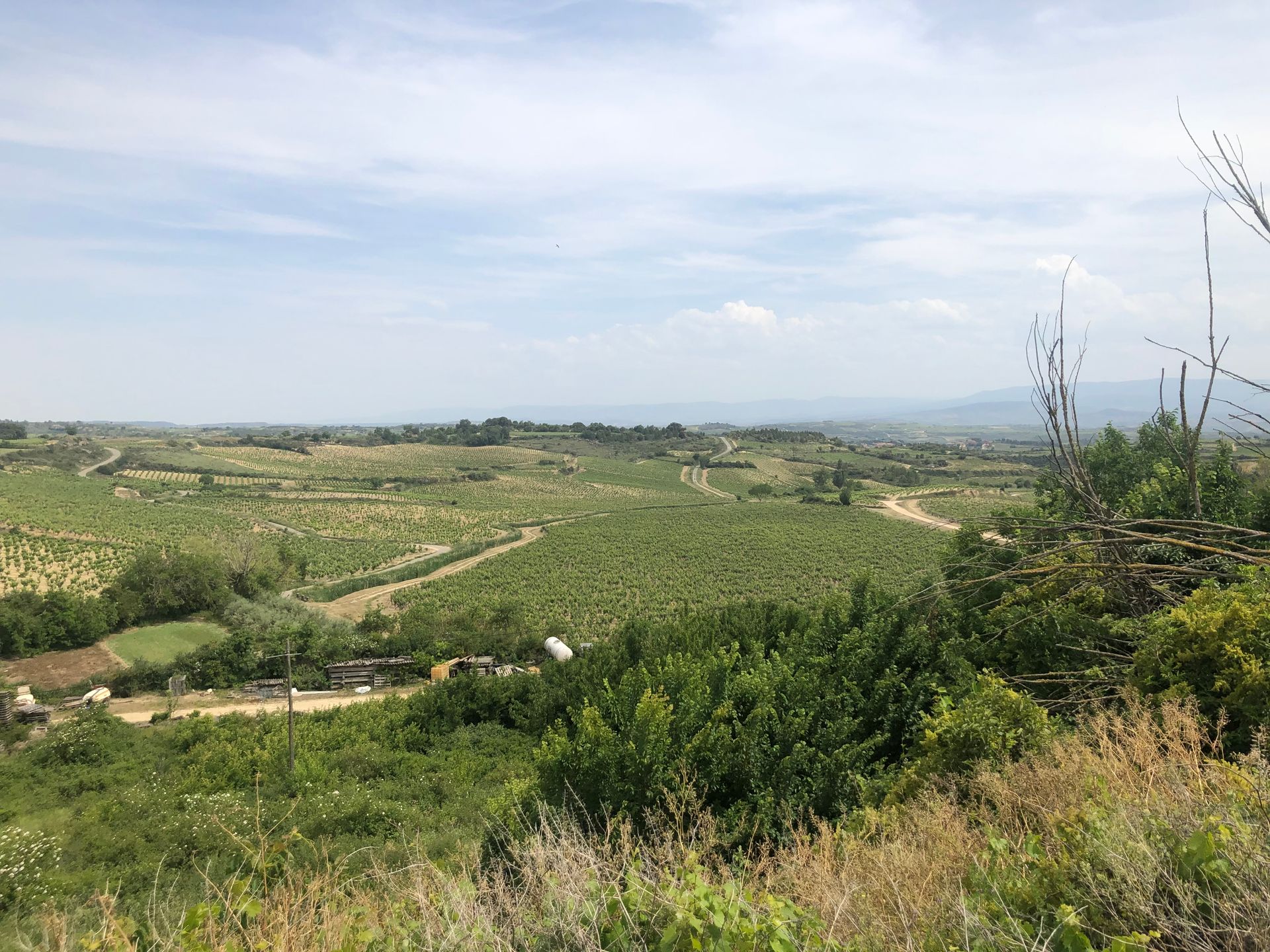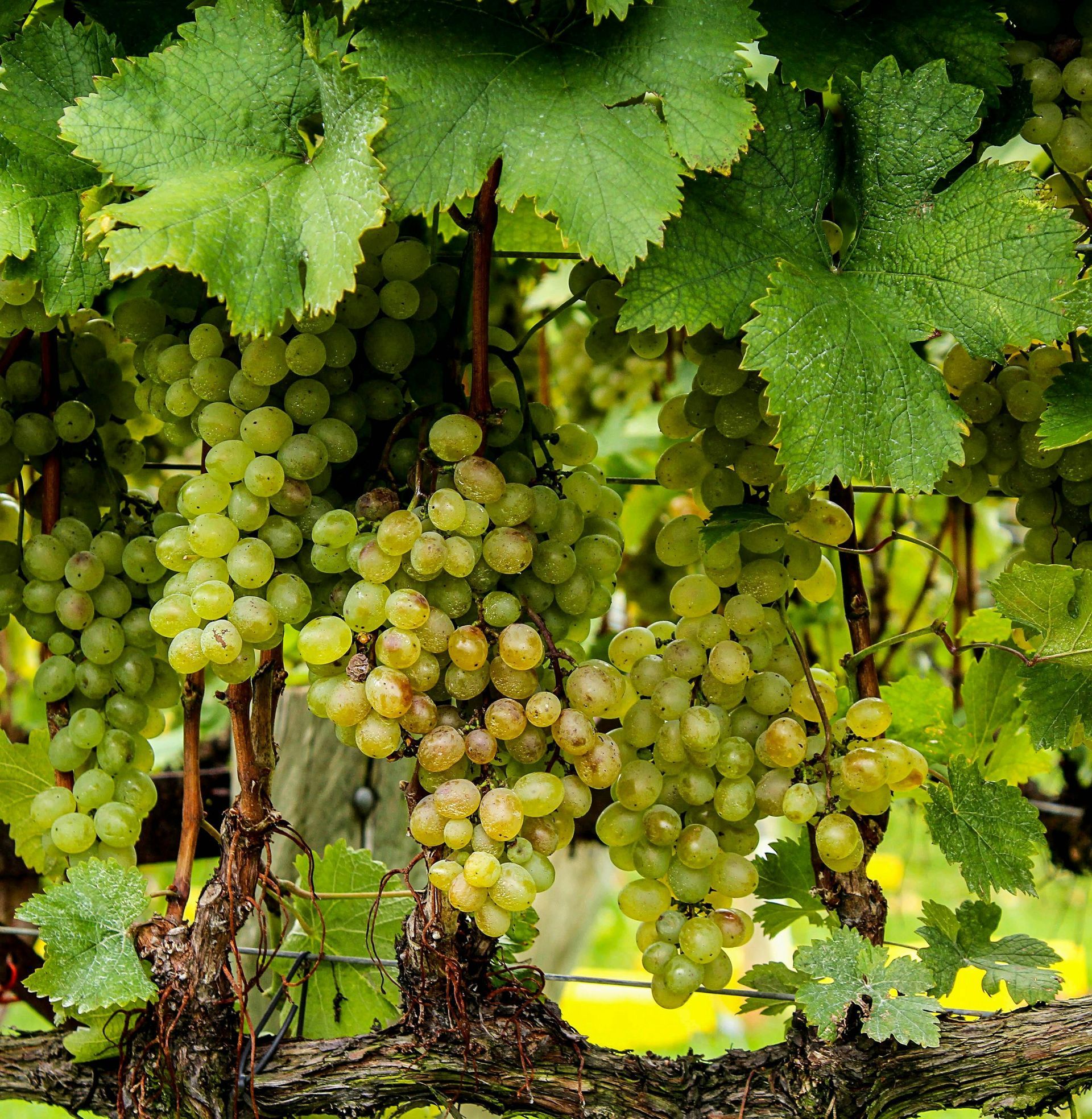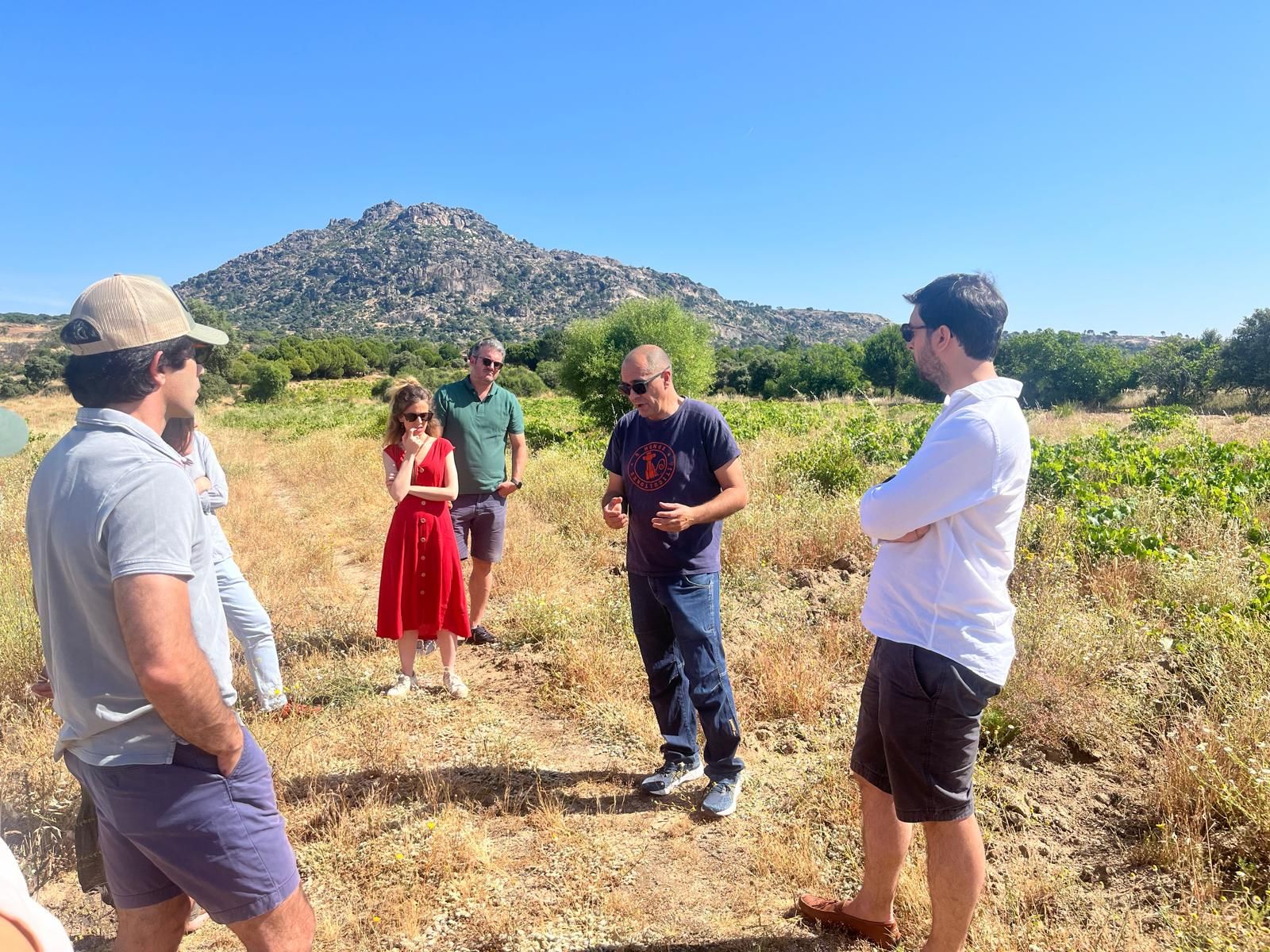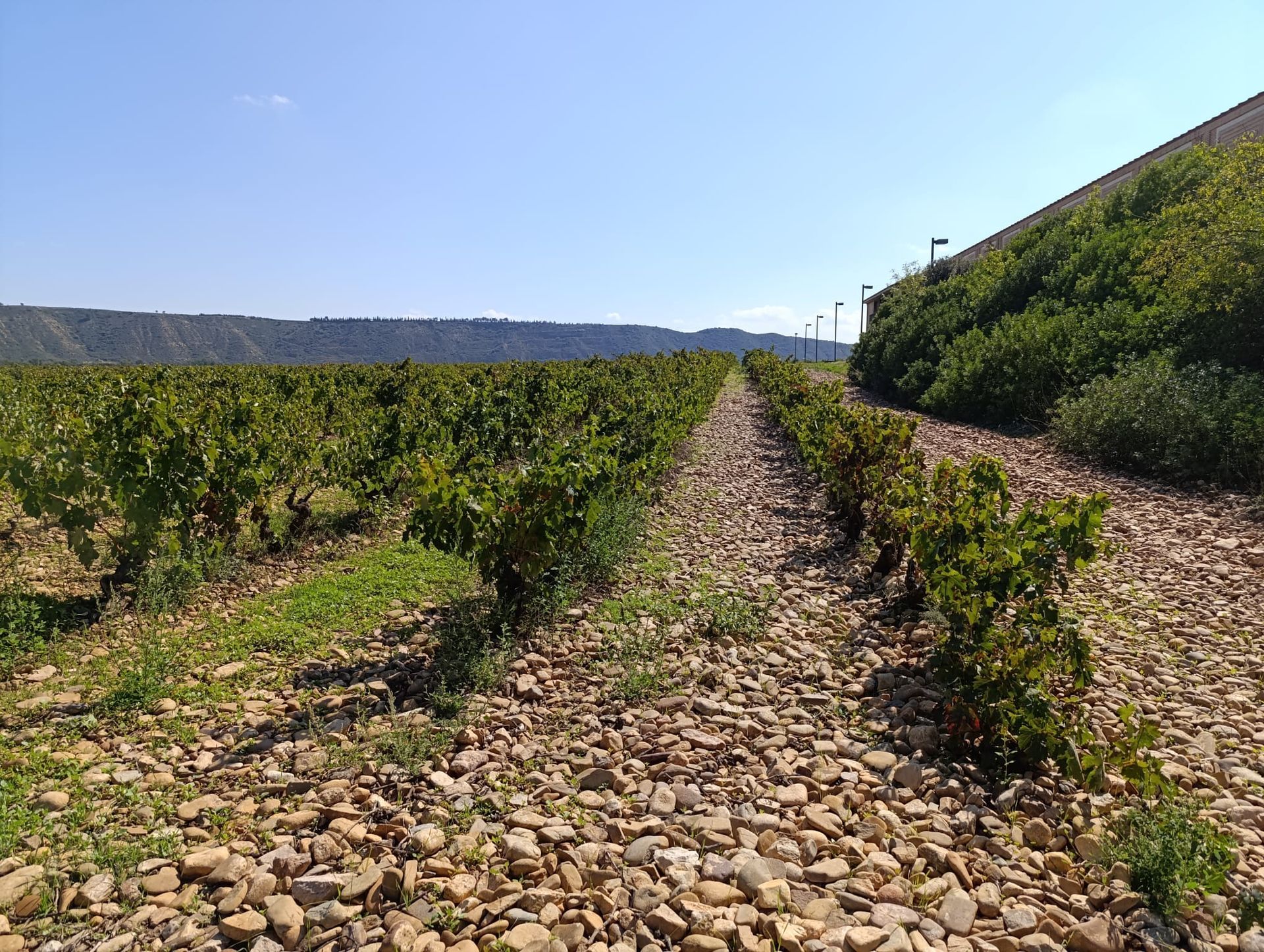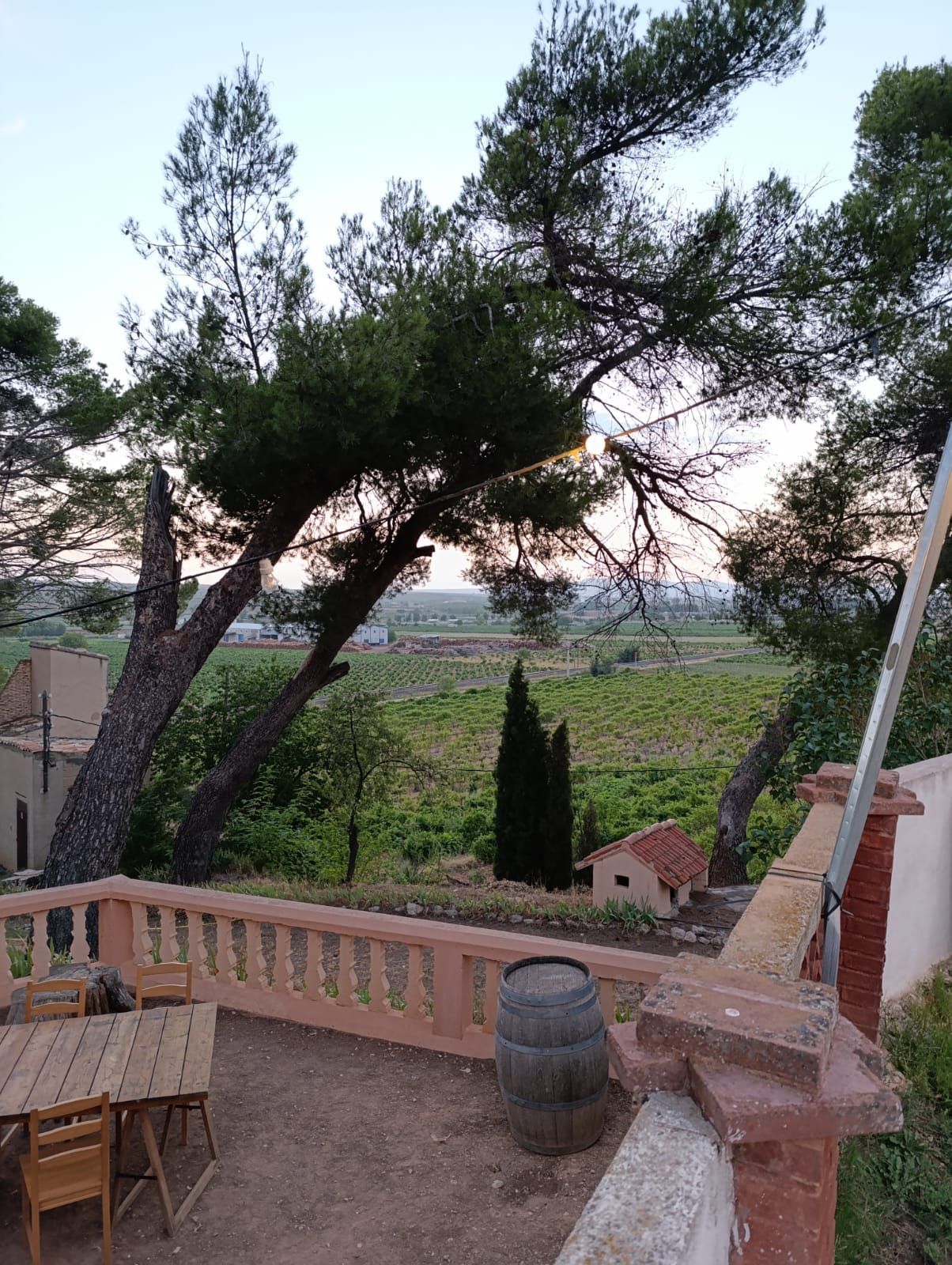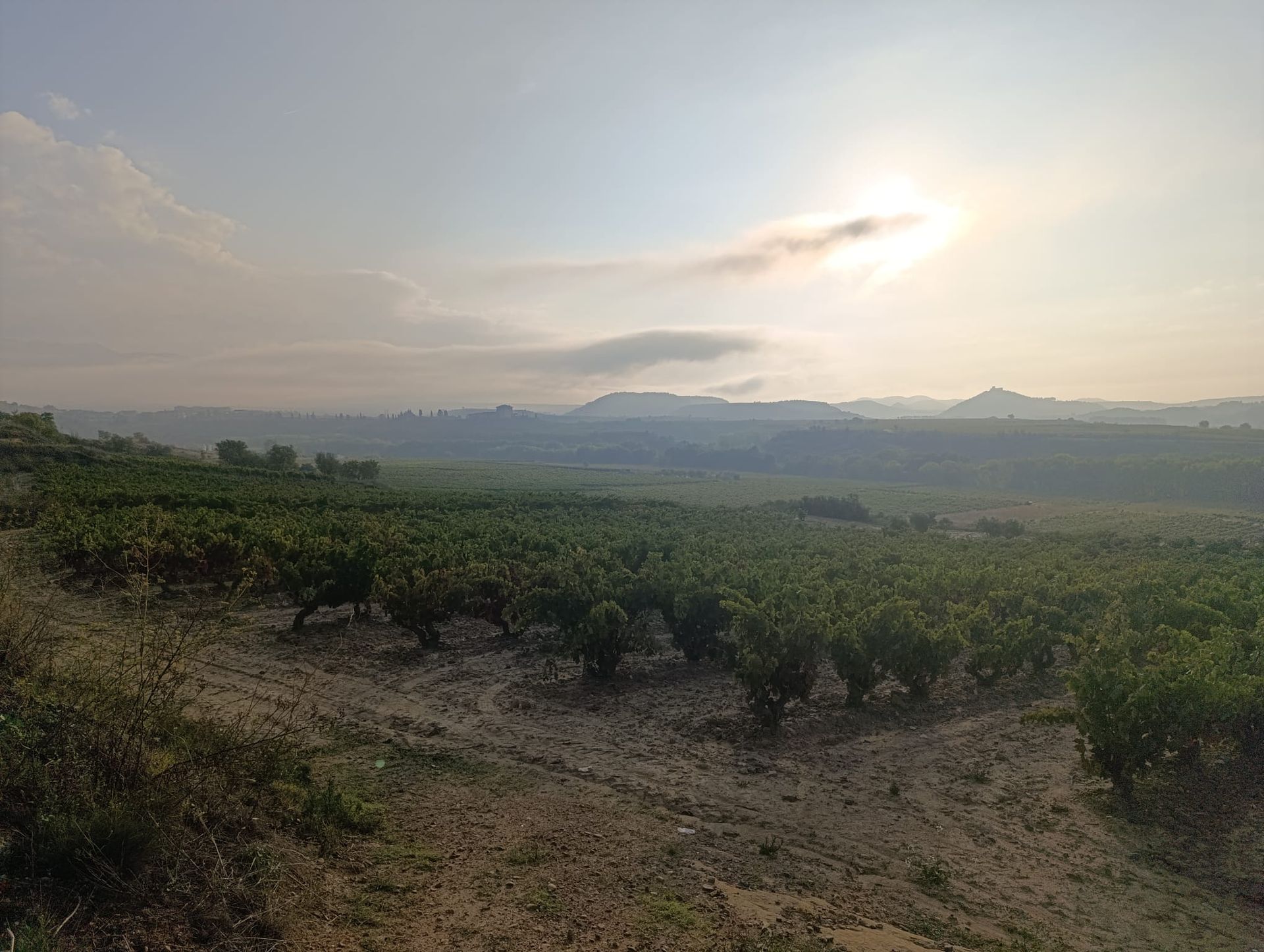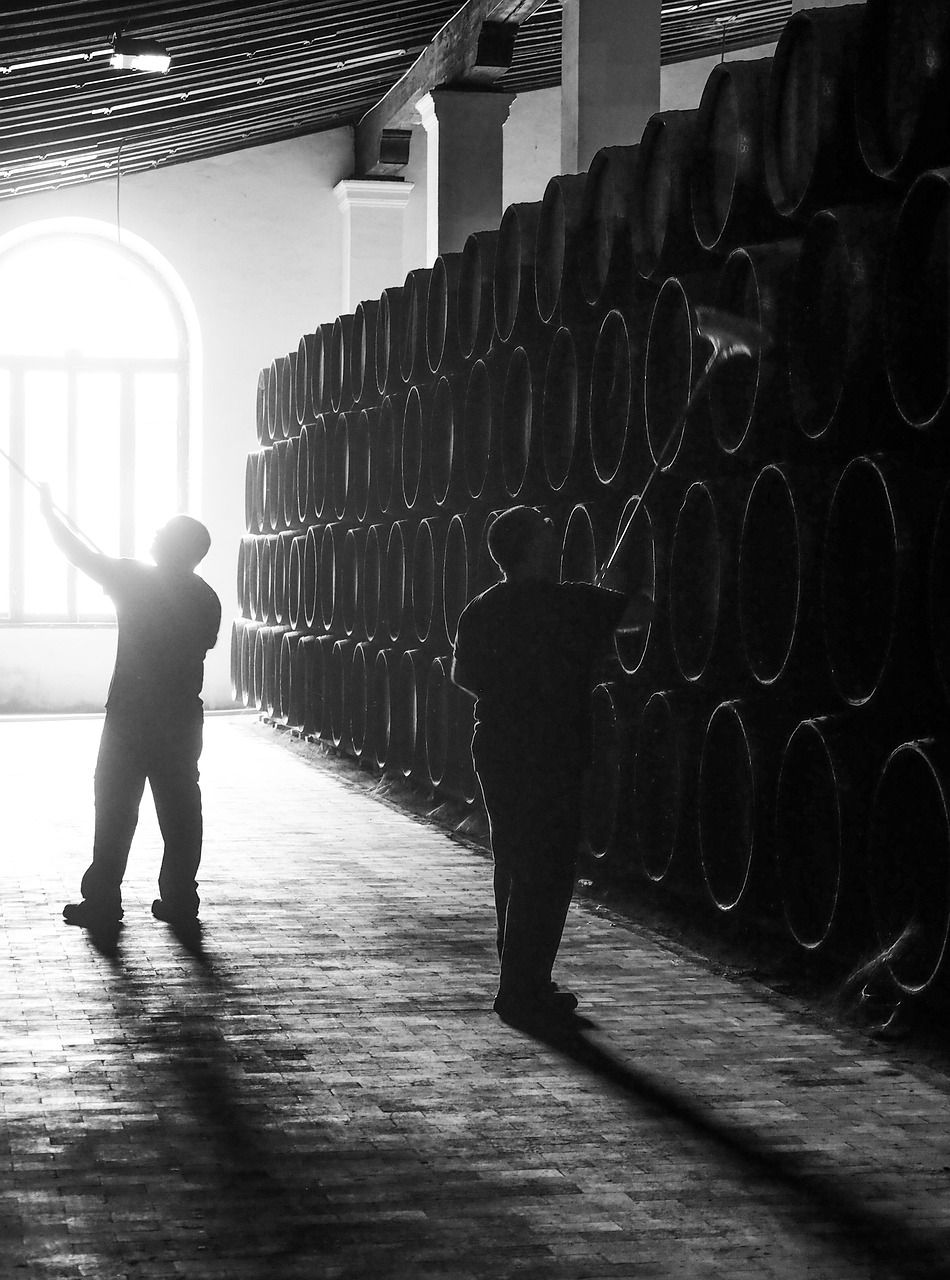No. Good wine doesn't have to be expensive.
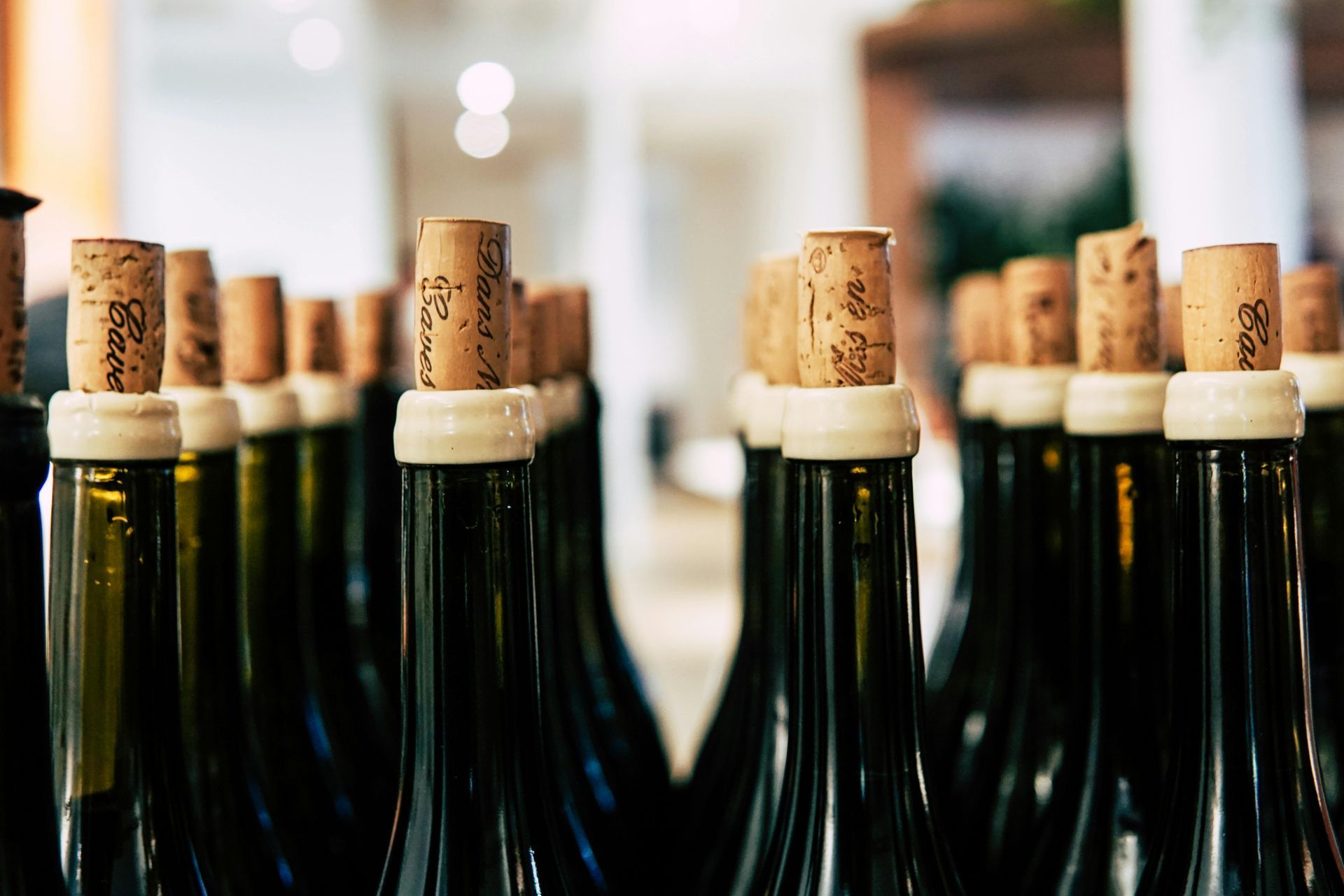
But don’t kid yourself into thinking the £6 supermarket bottle is hiding some secret magic. It’s not. Good wine doesn’t have to cost a fortune, but it does require effort. You need to know where to look.
The Price Myth
Here’s the hard truth: a lot of expensive wines aren’t expensive because they’re better. They’re expensive because they’re safe bets for people who want the idea of greatness without the work of discovering it.
Centuries-old classifications play a huge role here. Many were written in a world without modern viticulture, and some haven’t aged well. Sure, in Bordeaux 1855 meant something when Napoleon was around, but does that mean every château sitting on a Premier Cru label today is still producing mind-blowing wine? Not always. Some are coasting on a legacy older than your great-grandparents.
Then there’s what I call the Status Bottle Syndrome. People buy certain bottles for the same reason they buy luxury watches: not because they tell the time better, but because they tell you something about their owner. A £500 bottle on the table says, I’m doing alright, thanks. Does it say, This wine will change your life? Not necessarily.
And let’s talk critics. Those little stickers - 94 points from X or Y - move cases faster than flavour ever could. The kicker? Some of these scores aren’t blind. Some involve fees so high you’d choke on your cork. Money buys exposure. Exposure buys reputation. Reputation keeps the price high, even when the wine itself is just alright.
Sure, some of these iconic bottles are worth every penny. But plenty are just expensive ghosts, trading on name recognition while quietly collecting dust in your wine fridge.
Meanwhile, the wines that stop me in my tracks? They’re often from producers you’ve never heard of. Wines that don’t hit supermarket shelves because they don’t make enough to fill a truck. Wines that don’t get rated because they’d rather put their money into the vineyard than into glossy adverts or critic fees.
The Jorge Story
Take Jorge Granado. I first discovered his wine through a Vivino review. Yes, that Vivino. But here’s the catch: I wasn’t following the general crowd score. That’s a highway to mediocrity. I’d calibrated my palate by finding reviewers I trusted, people whose taste matched mine, and following them. Big difference.
One day, I left a review. Jorge replied, thanked me, and invited me to visit his winery. A small, family-run project in Ribera del Duero, quietly making some of the most honest, place-driven wines I’ve ever tasted. He showed me everything: vineyards, barrels, the lot.
Today, I work with Jorge at international wine fairs. I take clients to his bodega because they’d never find it on their own, and because this is what great wine looks like when you strip away the noise. No critic stickers. No big marketing budget. Just someone who knows how to grow exceptional grapes and respects the land they come from. And above all, has a passion for wine that he simply wants to share with everyone.
And here’s the thing: Jorge’s story isn’t unique. Ribera del Duero alone has over 300 wineries, a vast majority are like his. Small, family-run, and focused on quality over scale. These are the producers who make wine exciting.
So How Do You Find Them?
It depends on where you are.
If You’re Not in the DO:
- Start with the DO’s website: Almost every wine region has one. They’ll list the producers.
- Use Vivino. Properly: Ignore the general ratings. Find people whose reviews resonate with you and follow them. Build your own reference points.
- Check independent wine merchants: These people live and breathe discovery. They’re not stocking supermarket brands, they’re curating personality. Ask them for wines from small producers.
- Study restaurant wine lists in specific regions: Particularly at restaurants with a sommelier or strong wine programme. If they’re putting a name on their list, there’s usually a reason.
- Talk to the professionals: Online forums, social media groups, even Reddit threads. Somewhere out there is a geek who knows that producer making magic in the back of beyond.
If You’re in the DO:
- Visit local wine shops: Not the big chains, but the independents. Ask them: What do the locals drink? Who’s growing the best grapes?
- Ask winemakers about other winemakers: They know who’s doing the real work. They’ll tell you, sometimes over a glass or two.
- Make a hit list: Go to the DO website, write down every producer, split them into large, medium, and small. Focus on the last two.
- Send emails, make calls: Ask for a visit. Be curious. Most small producers are thrilled to share their world with someone who actually cares.
The Bottom Line
Good wine can be expensive, but it doesn’t have to be. What it does require is curiosity, time, and the willingness to dig deeper than a supermarket aisle or a critic’s sticker.
The rewards? Wines that actually tell you something about where they came from and the people who made them. Wines that feel like they belong in your glass, not in an auction catalogue.
So no, great wine doesn’t need a triple-digit price tag. It just needs you to care enough to look.
Author: Michael Pope
Date: August 1, 2025

